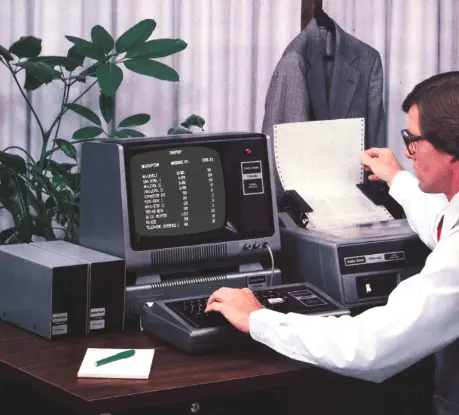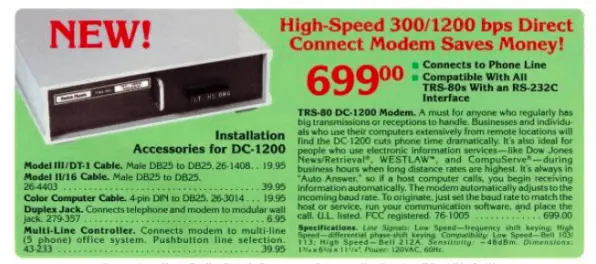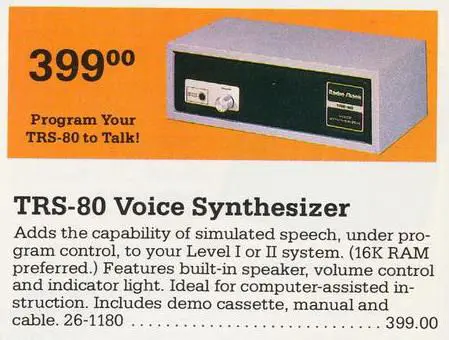
The world around the Tandy TRS-80
I know you are going to laugh, but I will say, at the risk you stop reading this right now: Radio Shack could have owned the entire computer market, and Apple may have not existed today. There, I said it.
If you are still here, here comes the second statement that could make you close this window: This machine was a revolutionary, and ahead of it time. In 1977 there was a lot going on: The Apple II, Commodore Pet, and TRS-80, plus many other not so popular machines. Which of these one was superior is probably a matter for discussion, and it is not that relevant, they were about the same. What did matter is that Radio Shack had more than 3000 stores in the US and elsewhere, and they could all upgrade, repair, offer training services, and sell you accessories. Basically, Tandy had the "Apple Store" in place before anyone else. And they had so many accessories, peripherals, components and other **** to hook to your computer, it was like visiting an amusement park. So, what happened?
Well, the original TRS-80 computer was not really that sexy, nor it was that classy. It simply was not fun computer, like a C64; and it was not serious, like an IBM PC. It lacked charm. It also had some technical issue (interference, bad keyboard, bad video quality and flickering). And in a way, it was destined to go nowhere, because Radio Shack was not so sure about it from day 1. It did not have a "Steve Jobs and Steve Wozniak" behind it, who were absolutely convinced they had the best thing ever. And, by the time Radio Shack management realized they had a hot product, and a hot line. it may have been too late. The market already had Apple, Commodore was working on a what would end up being the best-selling computer ever (C64), and the business market was tilting towards DOS and the IBM PC. Basically, Radio Shack though they will be selling CB radios for the next 100 years, and where not ready to sell computers. And the rest is history. Radio Shack eventually died, all together.
Want to learn more about other 8-bit computers? Follow this link.





































